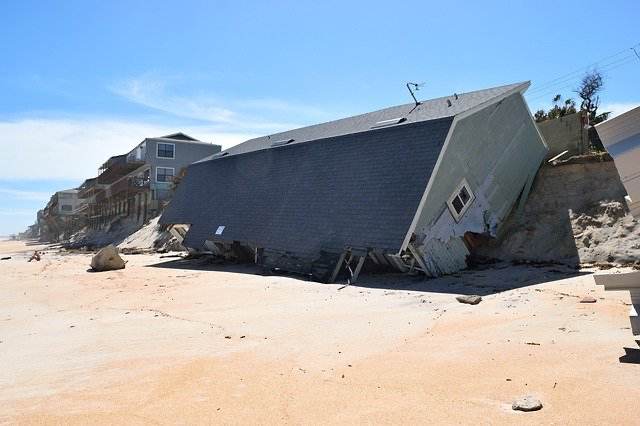A core reason that insurance-linked securities (ILS), such as catastrophe bonds and other reinsurance linked investments, are considered as socially responsible investments by many allocators is the fact they deploy their capital into natural disaster recovery and rebuilding.
 While ESG, environment, social and governance factors, are now seen as becoming critical for insurance-linked securities (ILS) strategies future popularity, the truth is that at least the S (social) aspect of ESG has been firmly embedded in the majority of ILS right from the start.
While ESG, environment, social and governance factors, are now seen as becoming critical for insurance-linked securities (ILS) strategies future popularity, the truth is that at least the S (social) aspect of ESG has been firmly embedded in the majority of ILS right from the start.
We first wrote about the importance of ESG for the catastrophe bond and broader ILS market back in 2009, when for the first time we learned of a pension fund citing ESG as an important criteria for its consideration of investing in a cat bond fund.
Since then it’s become a core goal for many major institutional investors, seeking to put their capital into an asset class that at least does some social good.
But interest in ESG is widening to the high-net-worth retail end of investment markets as well and , the President of registered investment advisor (RIA) Kahler Financial Group, believes that this is one of the unique selling-points for ILS and reinsurance as an investment opportunity.
Insurance isn’t often looked on as an investment opportunity. Rather its something we view as protection, a way to cover our assets or replace our incomes when the worst happens.
But investing in reinsurance is becoming increasingly popular and Kahler notes that it is an asset class unlike any other.
“Reinsurance investors absorb an insurance company’s losses when those losses exceed a certain cap,” Kahler explained. “This helps the company manage its exposure to catastrophic risks while being able to write more business.
 View all of our Artemis Live video interviews and subscribe to our podcast.
View all of our Artemis Live video interviews and subscribe to our podcast.
All of our Artemis Live insurance-linked securities (ILS), catastrophe bonds and reinsurance video content and video interviews can be accessed online.
Our Artemis Live podcast can be subscribed to using the typical podcast services providers, including Apple, Google, Spotify and more.
“For investors, catastrophe reinsurance profits are not tied to the economy, interest rates, business cycles, or politics. They are tied only to natural disasters. This lack of correlation to normal financial market influences is what makes it an attractive asset class.”
But outside of the ILS asset class’ traditional attraction for investors, of low correlation to broader financial market factors and the economy at large, while delivering relatively stable returns over the longer-term, Kahler believes that investors seeking to put their money to work in a socially and ethically responsible way should also consider reinsurance.
While diversification is one key factor, Kahler also highlights the fact premiums must adapt to the risks that insurers face and that reinsurance firms must make money or that vital support for the insurance industry would be gone, as reasons he sees reinsurance as a long-term attractive proposition.
But, “There’s one final “feel-good” benefit to investing in reinsurance as part of a diversified portfolio,” Kahler explained. “It’s the only asset class where your investment losses go to help people rebuild after natural disasters.”































